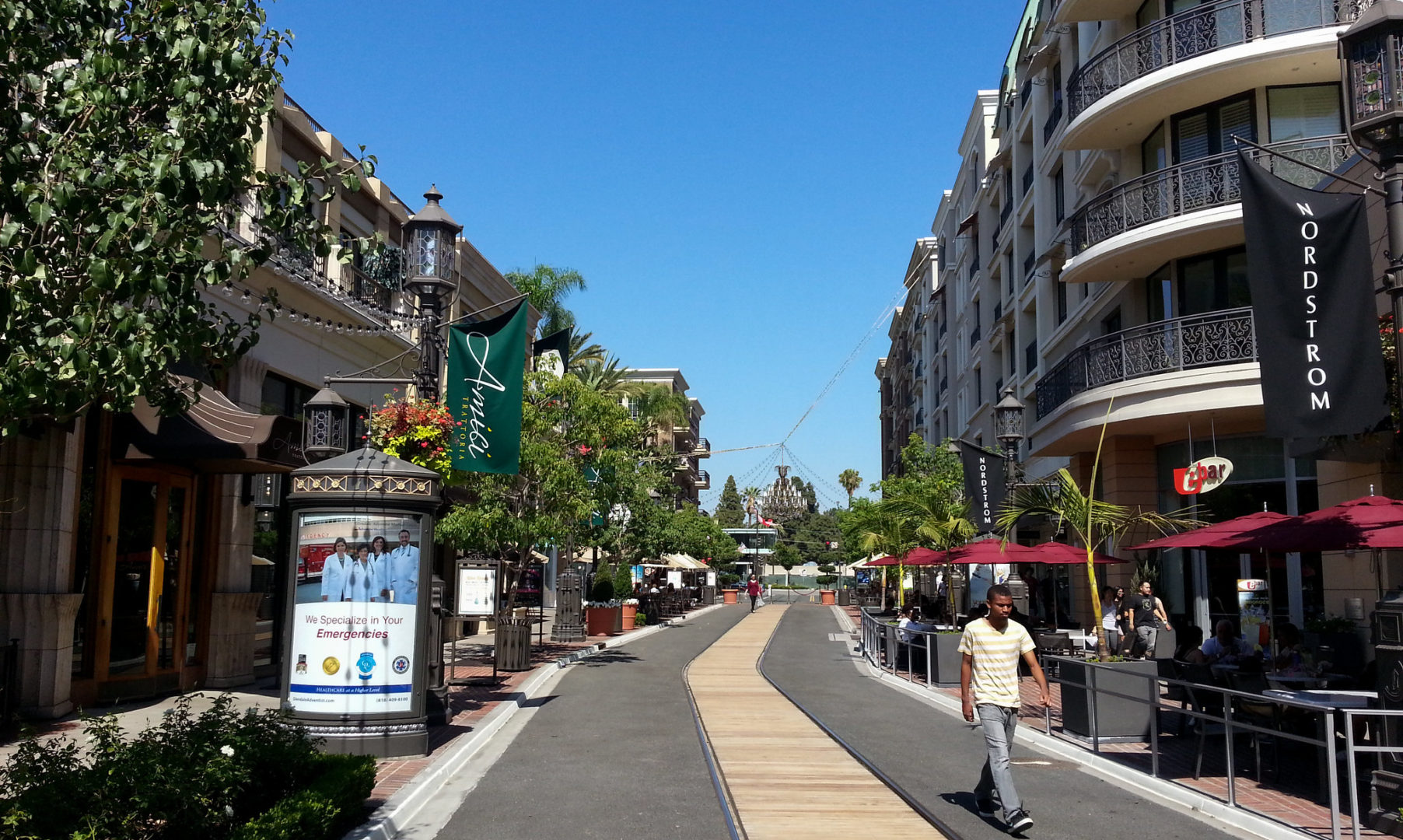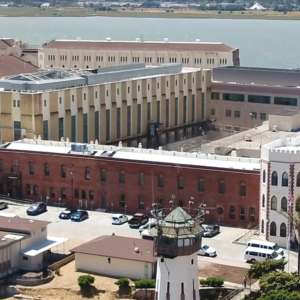 View Winners →
View Winners → 
Photo by Peter C in Toronto Canada via Flickr (CC BY 2.0)
The easing of the COVID-19 pandemic and rapid lifting of restrictions on business activity and public gatherings point to a more rapid economic recovery for the state than initially predicted, according to a UCLA Anderson School of Management forecast released Wednesday.
But uncertainties still remain in the lingering effects of the pandemic, along with outside factors such as national immigration policy, according to the report. And while California’s strict restrictions have pushed the state’s unemployment rate higher than the national average, such stringent responses to the pandemic appear to have resulted in better health and economic outcomes than states with looser restrictions.
“The roll out of multiple vaccines as well as the general easing of the number of new cases from the latest peak suggests a reduced economic impact of the pandemic in 2021,” UCLA Anderson Forecast Director Jerry Nickelsburg wrote in his report on the California economy.
“Though California responded, as before, with more restrictive non- pharmaceutical interventions (NPI) via mask mandates, closures and gathering restrictions than elsewhere in the nation, the current rapid opening of the economy and low infection rates indicate a faster recovery this year than we have previously been forecasting.
“Still there is much that is not fully known,” he wrote. “The potential for domestic out-migration, national immigration policy, the future of work-from-home, and the impact of California’s more stringent NPIs are each important to the growth and prosperity of the state.”
Nickelsburg noted in the report that the state’s tough virus-control measures undoubtedly had a powerful impact on controlling the virus.
“But an 8.3% unemployment rate compared to a 6% U.S. rate begs the question, `At what cost?”‘ he wrote.
He concluded in the report, however, that “states such as California with stringent NPIs resulted in better health and economic outcomes relative to states with less stringent NPIs, with very few exceptions.”
Overall, he predicted that the state’s economic recovery will be faster than the United States, although the leisure and hospitality sector will be the last to recover.
“… But the recovery will be earlier in business, scientific and technical services and in the information sector due to the demand for new technologies for the new way we are working and socializing, and faster in residential construction as California’s shortage of housing relative to demand drives new developments.”
He forecast a second-quarter unemployment rate of 7.7% in the state, with the average for the entire year falling to 7.1%, followed by 5.2% next year and 4.3% the following year.








































































































